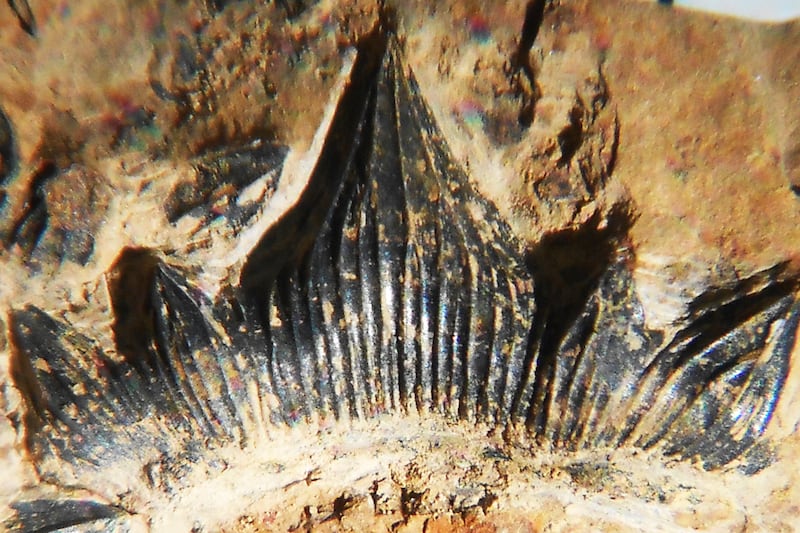It’s been a big couple of weeks for Godzilla.
First, the giant lizard set the 2021 box office benchmark with the release of his movie “Godzilla vs. Kong” and then more recently, an ancient shark fossil that was nicknamed after the monster has been granted an official name.
According to The Hill, the fossil known as the “Godzilla” shark was first discovered by John-Paul Hodnett in New Mexico in 2013. ComicBook.com adds that the creature earned its nickname because its teeth and fins resembled the scales of the giant lizard.
The Associated Press reports that the prehistoric creature was just recently given the official title “Dracopristis hoffmanorum” (or Hoffman’s Dragon Shark), named after the family who owns the land where the fossil was discovered. Hodnett published the creature’s new classification and additional findings in a bulletin on the New Mexico Museum of Natural History and Science website, The Hill reports.
The Associated Press adds that the Dracopristis hoffmanorum dates back over 300 million years, to a time when New Mexico was hidden beneath a vast seaway that extended into present day North America. Hodnett and his team theorize the shark likely inhabited shallow waters along the coastline and feasted on crustaceans and other fish.
The fossil skeleton of the Godzilla shark is considered to be the most complete specimen discovered within its evolutionary branch, The Associated Press reports, adding that the creature’s genetic line breaks away from modern sharks some 390 million years ago. The species is believed to have gone extinct about 60 million years later.

